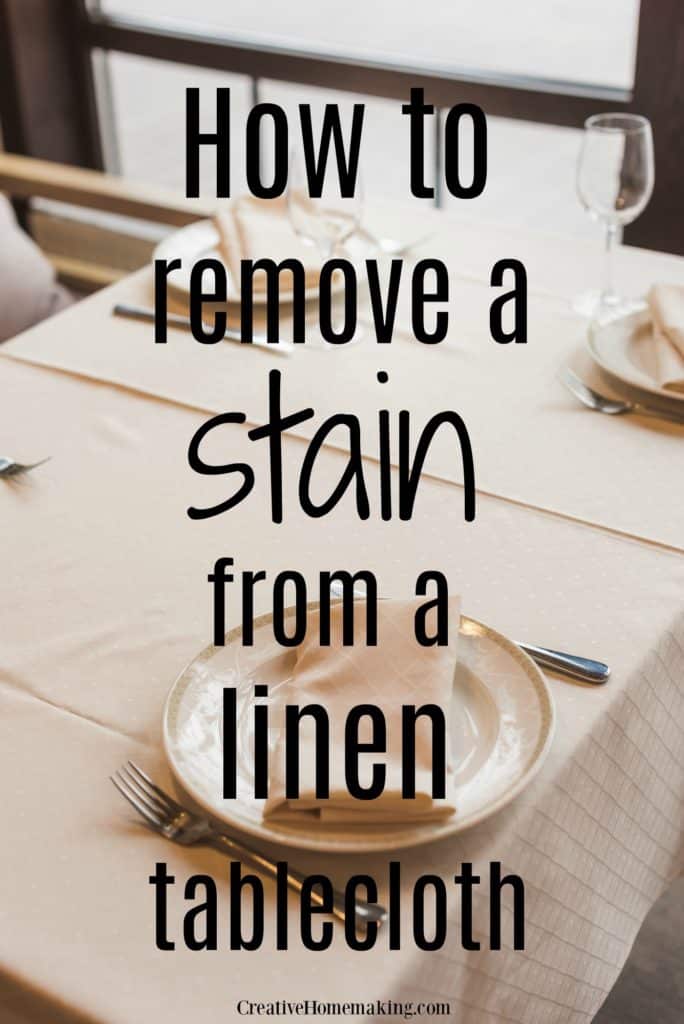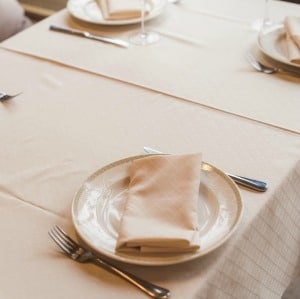Q: How do I remove a stain from a linen tablecloth?
This post may contain affiliate links.
Tip #1: Try washing it in white vinegar. You may want to test a small spot before doing the whole thing. The vinegar tends to neutralize stains and oxidation and is very gentle.
Tip #2: OxiClean will more than likely take out the spots. I have bought numerous tablecloths cheap with stains especially butter and it has always cleaned them out.
I take a bowl big enough to hold the cloth and I usually use more than the label calls for, I use about 3 big scoops of OxiClean and sometimes you have to soak for a night or two.
I find it best to change the water and add OxiClean several times sometimes after the water sits a while. Also you want to use not boiling, but real hot water with the OxiClean.
Like these tips? You might also like my tips for removing cooking oil stains from clothing.
Follow my cleaning hacks board on Pinterest.



